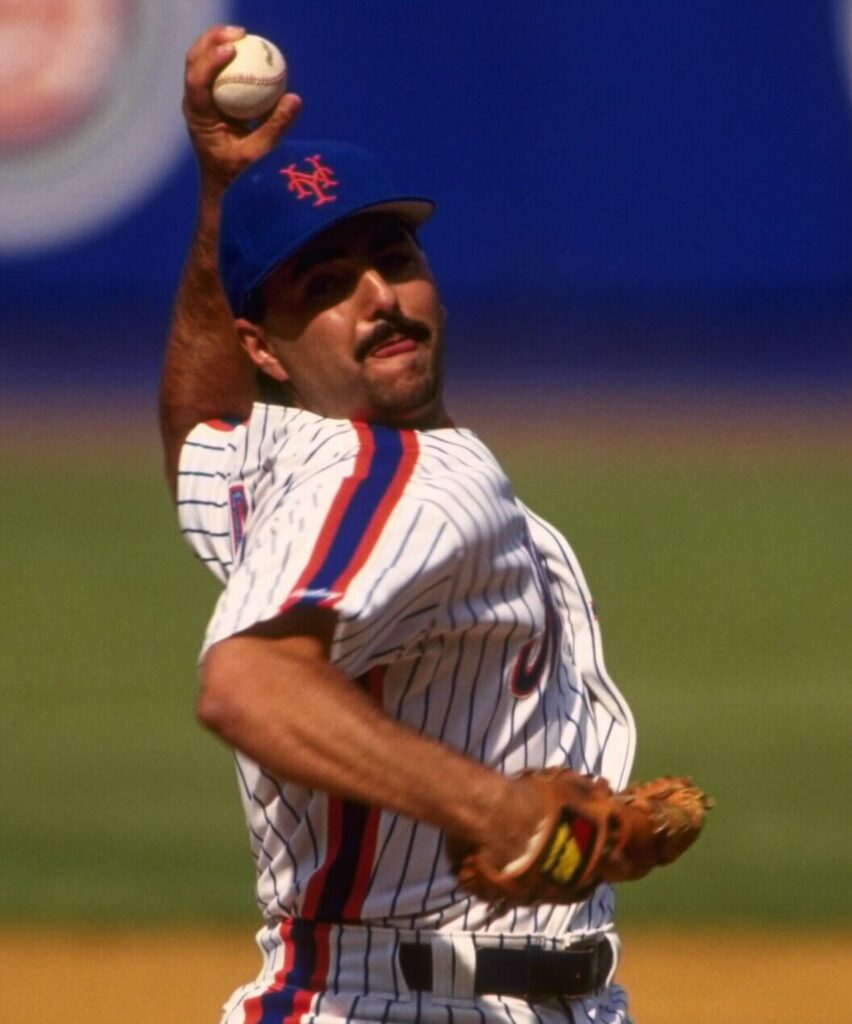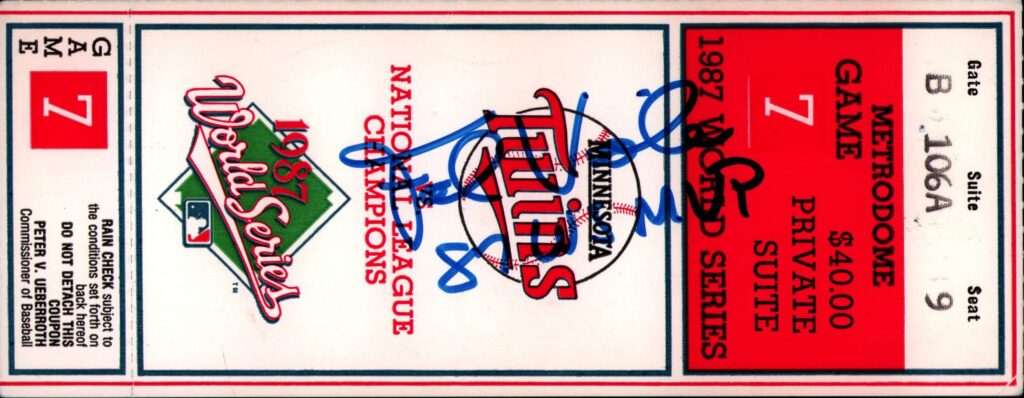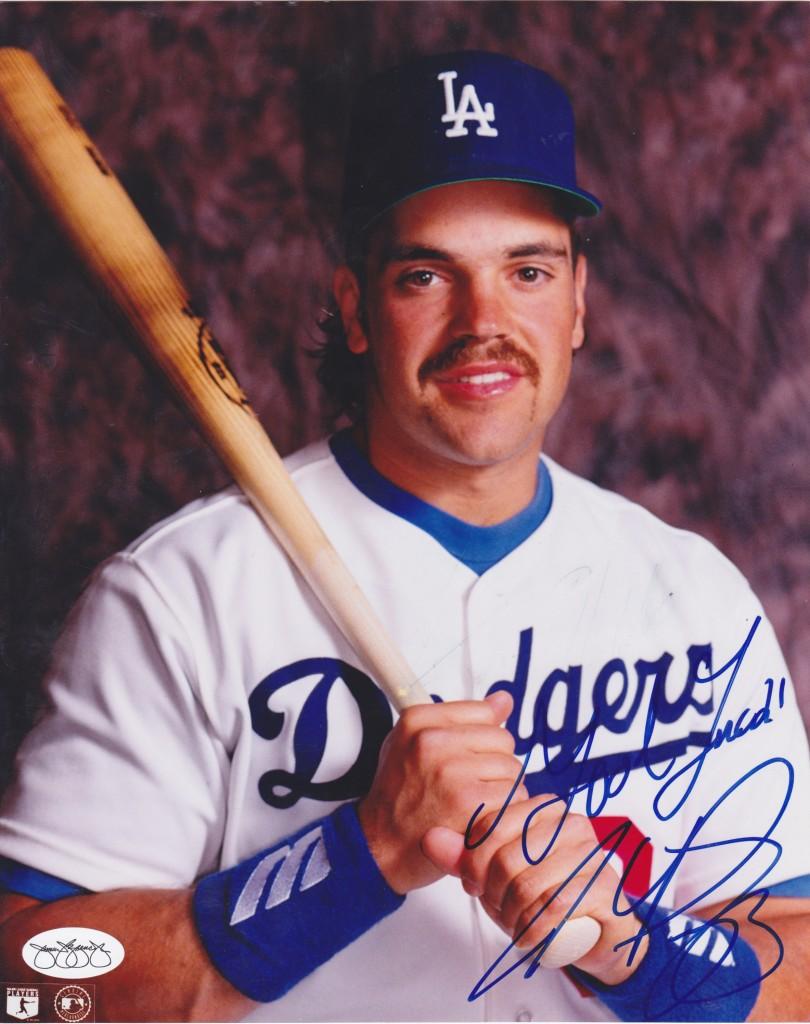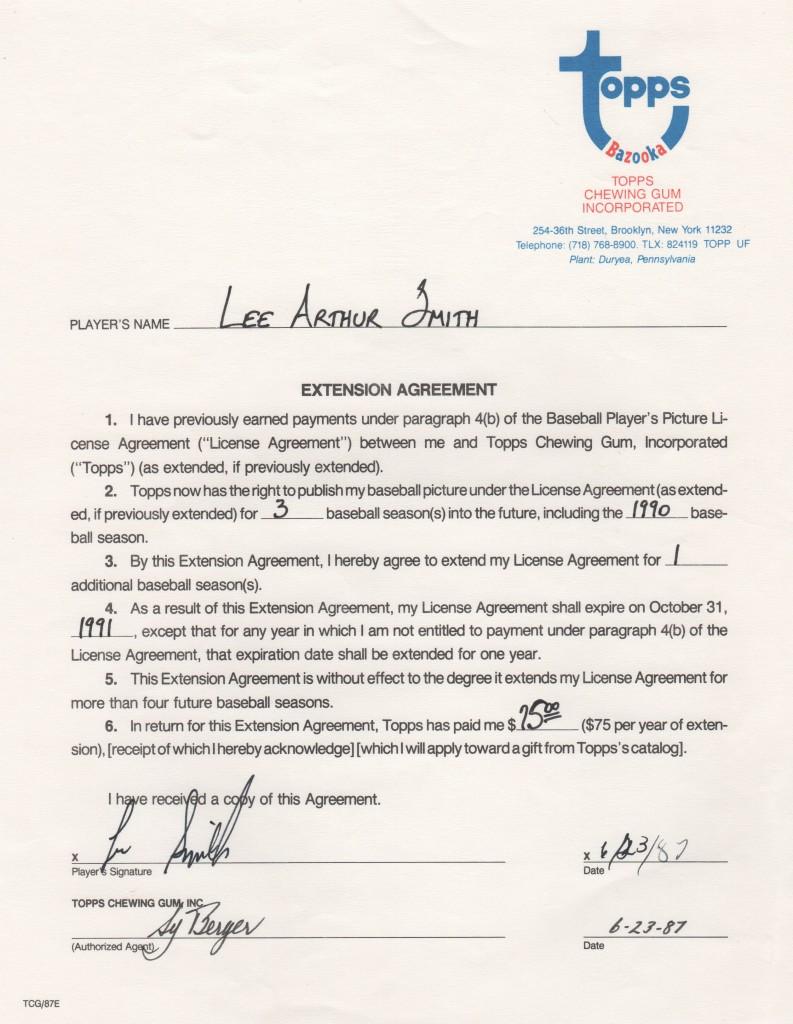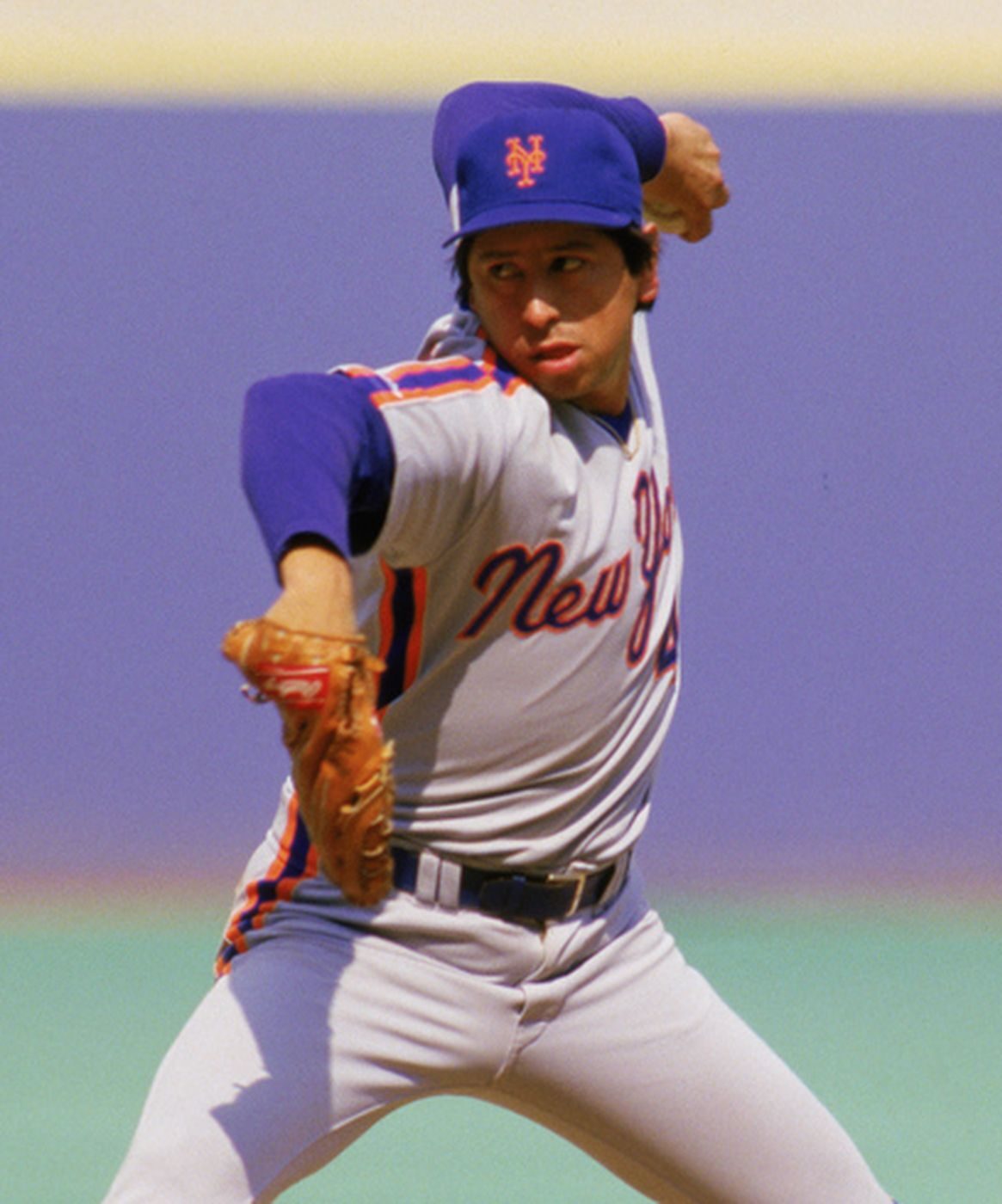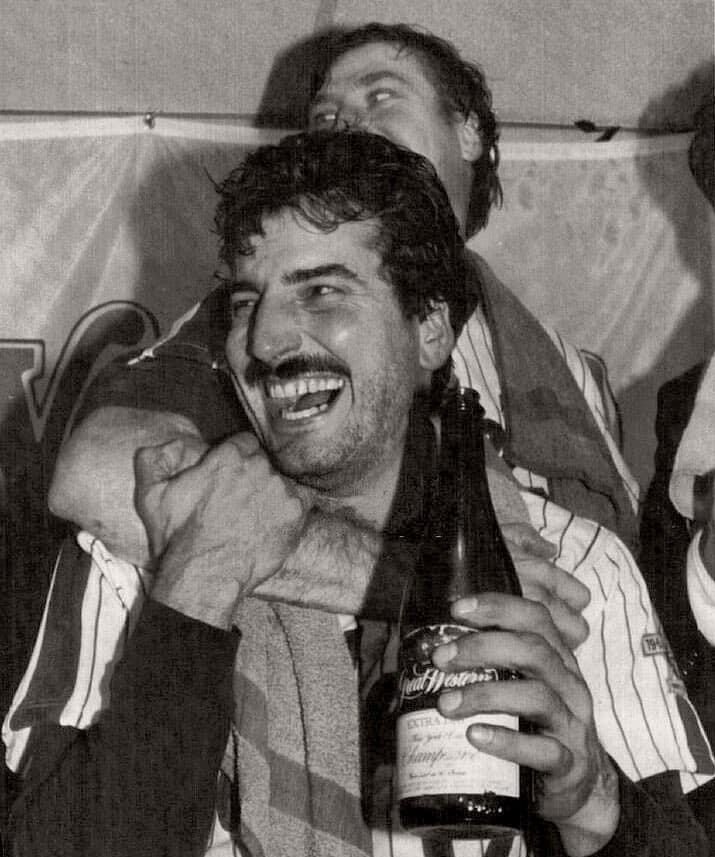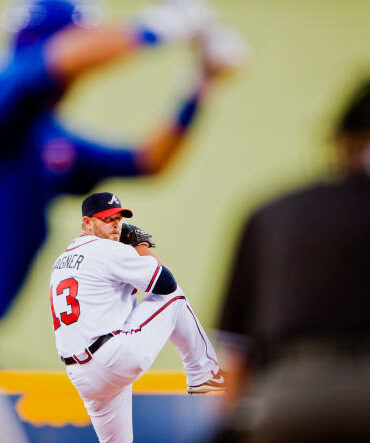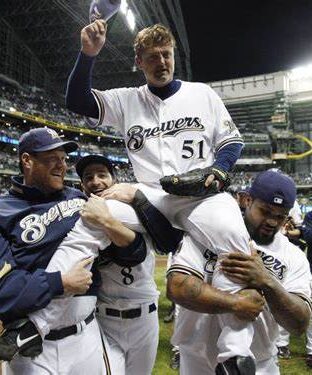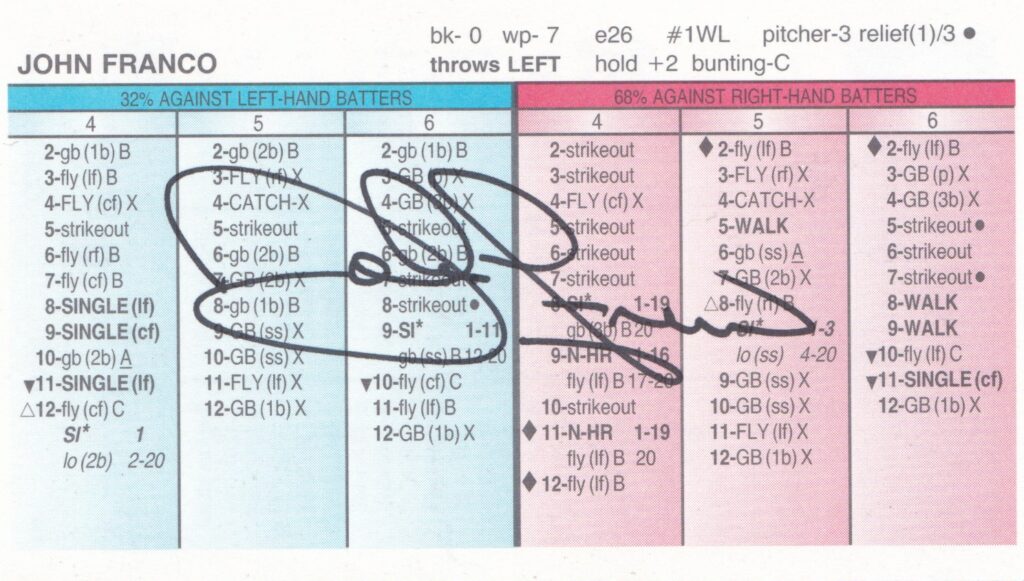
John Franco is one of the most beloved Mets of all time. The longest-serving pitcher in team history, his 14 years in a Mets uniform are surpassed only by first baseman Ed Kranepool.
A Brooklyn native, Franco holds the Mets career record for saves and appearances. Pitching for New York each year of the 1990s, Franco was named the greatest reliever of the decade by Bleacher Report. During the run he averaged 26.8 saves per season and twice led the NL in the category.
The left-hander originally broke in with Cincinnati in 1984. He pitched six highly-effective seasons with the Reds. His boldest campaign came in 1988 when he put up career bests in appearances (61), saves (39), ERA (1.57), and ERA+ (230). The next year he broke Clay Carroll’s Reds franchise mark for career saves. Three times Franco represented Cincinnati in the All Star Game.
In December, 1989 the Reds dealt the lefty-hander to the Mets. A New Yorker, born and bred, Franco continued to flourish. His first season in the Big Apple was an All Star campaign. It marked his fourth selection in five years. Franco topped the Senior Circuit in saves and ended the year with a 2.54 ERA. He followed that up with his fifth career 30-win season in 1991.
After elbow issues limited him in ’92 and ’93, Franco rebounded to lead the NL in saves in ’94. Only July 16th, he recorded his 20th save of the season. It was also his 108th as a Met which pushed him past Jesse Orosco for the franchise lead. Each of the rest of his 168 saves extended the record he still holds today.
On April 29, 1996 the southpaw became the 8th reliever in big league history to record 300 saves. Twelve days later the Mets held “John Franco Day” in honor of the achievement. In the fifth inning of the contest a bench-clearing brawl erupted. Franco and eight other players were ejected.
In 1997 and ’98, Franco put up 36 and 38 saves, respectively. Then in 1999 he helped the Mets reach the National League Championship Series. The team followed that up with a pennant-winning season in 2000. In 15 postseason appearances Franco pitched to a stingy 1.88 earned run average.
In 2001 the Mets named Franco their third team captain in franchise history, following Keith Hernandez and Gary Carter. Despite the honor, Franco would remember the year for something else – the tragedy of 9/11. When the events shook his city and country, New Yorker Franco took action.
In 2021 he recalled the events to NJ.com. “When we went down to Ground Zero, I wasn’t sure if it was the right thing to do. And to see the looks on the firemen’s faces and the rescue workers’ faces, how tired and how their faces are full of dirt, and you can see the whites of their teeth. They were very, very tired, but when they’d seen us, they were they were happy to see us. It made me feel that this is where we belonged at the time, just to say hello, say thank you, hand out our hats and shirts, and to see the efforts that they put in.”
At season’s end Franco received the Lou Gehrig Memorial Award in honor of his character and integrity on and off the field.
His 2002 season was a tough one for Franco. A torn ulnar collateral ligament resulted in Tommy John surgery and washed the year away. Despite his advanced baseball age of 41, Franco fought back and returned to the Mets in 2003. On August 24 that year he recorded his 424th and final major league save.
Franco pitched one more season in New York before finishing his career at age 44 with the Houston Astros in 2005. The southpaw left the game with the second-most saves in baseball history behind only Lee Smith. Franco remains #1 on the list among left-handers.
In 2012 the Mets inducted Franco into their team Hall of Fame.
Shown here is a Strat-O-Matic card from 2000 autographed by John Franco. Bucknell University math major Hal Richman originated the Strat-O-Matic game in 1961. Advertised in Sports Illustrated and sold out of Richman’s basement, Strat-O-Matic gave its players the ability to make managerial decisions based on MLB statistics.
